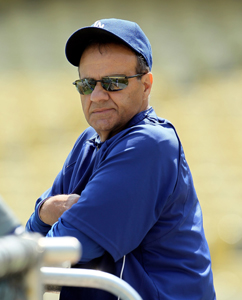- 1,058
- 24
- Joined
- Jul 27, 2005
http://insider.espn.go.co...law_keith%26id%3d5261835
Thanks in advance!
Also if you could, it would be nice to see this one too:
http://insider.espn.go.co...mlb_draft%26id%3d5261640
Thanks in advance!
Also if you could, it would be nice to see this one too:
http://insider.espn.go.co...mlb_draft%26id%3d5261640

